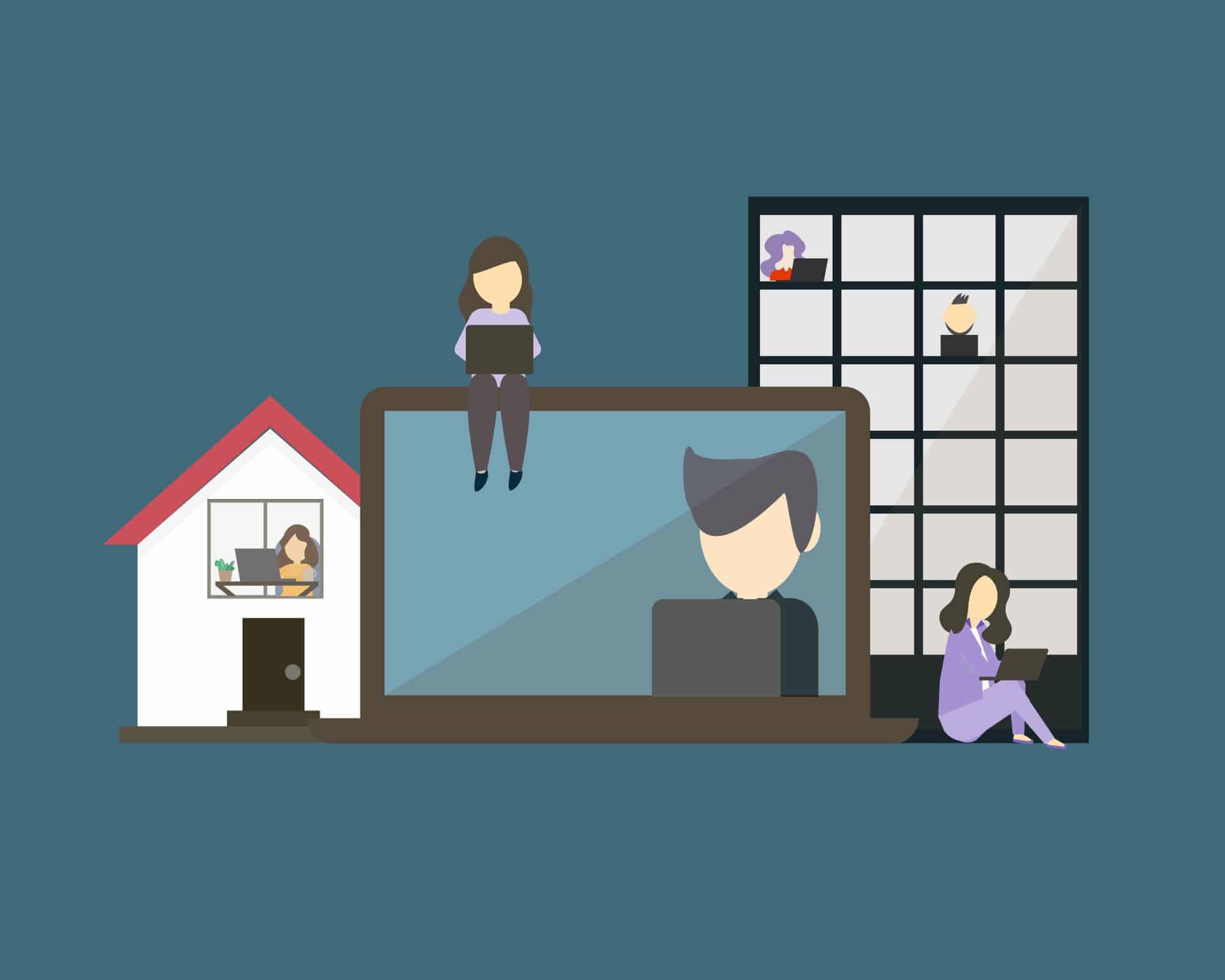
Yet not everyone shares the same attitudes and emotions towards the return-to-office trend. Factors such as age, career stage, personal circumstances, and even individual personality traits all have an effect, highlighting the necessity for employers to consider a more individualized approach in their return-to-office policies.
Younger employees, such as Millennials, are more likely to voice concerns about the time and cost of commuting, work-life integration, and constant expectation to be available. Conversely, older generations seem less troubled by these factors. Moreover, there are evident gender differences, with women more likely than men to worry about distractions in the office, the time and cost of commuting, and expectations of being constantly available.
Remote Work and Productivity and the Dichotomy of Employee Experiences
The argument that productivity is tied to in-office work has been debunked during the pandemic.
The Conference Board survey supports this with 35% of fully remote workers reporting an increase in productivity compared to six months ago. This preference is especially strong among senior employees who often have an established level of expertise, a stable home environment conducive to work, and the need for flexibility due to familial commitments.
However, this is not a universal experience across generations. For younger employees, especially recent graduates entering the workforce, the lack of a conducive workspace at home and the opportunity to learn from direct, in-person interactions can make remote work less appealing and potentially less productive.
Remote Work and Mental Health: The Unseen Impacts Across the Workforce
Remote work has its mental health implications as well.
For many senior employees, especially those with established personal lives and families, remote work can provide a welcome relief from stressful commutes and offer more control over their work-life balance.
However, for younger employees, who are often at the beginning of their careers, the lack of face-to-face interactions and a clear demarcation of workspace can exacerbate feelings of isolation and disconnect. In some cases, being “cut off from everything else” while working in solitary environments, like small apartments or shared spaces, can negatively impact their mental well-being.
It is vital for organizations to devise strategies to ensure a healthy work-life balance for their remote employees.
Implications of Return-to-Office Mandates on Retention and Employee Satisfaction
In an era where employee experience and satisfaction are becoming key metrics of a company’s success, businesses must tread carefully while enforcing return-to-office mandates.
According to The Conference Board survey, about 28% of those whose organizations mandated they work on-site reported their intent to stay with the company had decreased in the past six months. This underlines the potential risks of blanket return-to-office policies, where a failure to account for individual needs and preferences could negatively impact employee retention rates. The key to avoiding such dissatisfaction may lie in adopting a more flexible and inclusive approach that considers the diverse needs of different employee demographics. It’s a new world.
Reimagining the Workplace: Pioneering Approaches for Employee Satisfaction and Retention
The decision to mandate a return-to-office should not be taken lightly. The future of work is not a one-size-fits-all solution, but one that acknowledges and caters to the individual circumstances, needs, and preferences of a company’s employees.
As businesses navigate these uncharted waters, they might consider flexible work models such as the ‘hub-and-spoke’ model, where a central office (the ‘hub’) is complemented by smaller, satellite offices or co-working spaces (the ‘spokes’). This model can reduce commuting times, provide a change of scenery, and allow for more in-person collaboration when needed.
Another model that companies can consider is rotational in-office days, where different teams come to the office on different days of the week. This allows for in-person collaboration while also maintaining the benefits of remote work. A case in point is Salesforce, which has implemented a model they call ‘flex’, where most employees are in the office one to three days per week for team collaboration, client meetings, and presentations.
Additionally, organizations could look at providing memberships to coworking spaces for employees who prefer not to work from home but find commuting to a central office challenging. This not only gives employees a flexible workspace option but also aids in fostering a sense of community and preventing feelings of isolation in remote workers.
As businesses look to attract and retain talent, flexibility, accommodation, and a commitment to reimagining the workplace are the crucial ingredients for success. This new normal will require employers to take an empathetic and nuanced approach, considering the diverse needs of different employee demographics and crafting a work environment that truly works for all.